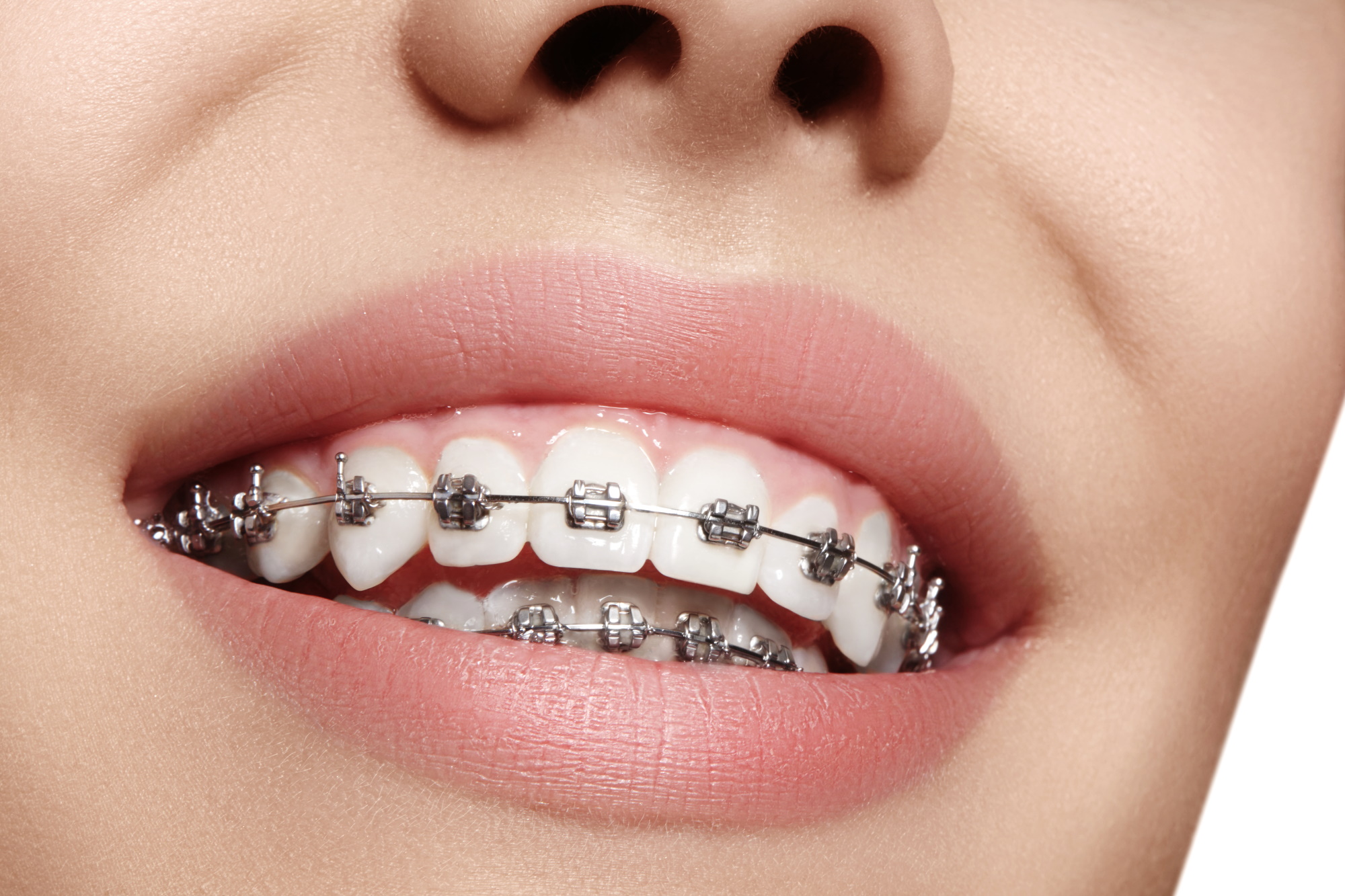
You’re in the midst of orthodontic treatment to align your teeth and correct your bite, you may have just started treatment or mere months away from a stunning new smile. But what should you do if your braces wire breaks unexpectedly?
Don’t panic, first of all! This happens periodically, and there’s a number of simple things you can do about it. Read on for the lowdown on what to do when your wire bracket breaks.
What is an orthodontic wire?
Orthodontic wire – also known as arch wire – is the component of your braces which guides your teeth into the ideal position. It’s the arch wire itself that exerts a gentle yet steady pressure on your teeth. As your teeth slowly straighten with braces treatment, you’ll require regular orthodontic appointments to have your arch wires adjusted or changed to a different material or different thickness. Without regular adjustments, the arch wires on your braces will stop working and the teeth will not move to their desired position.
Different types of wires for braces
Orthodontic arch wires are made from three key alloys, each with a different thickness and size. These materials include:
- Nickel-Titanium (Ni-Ti). This type of alloy is both gentle and elastic, making them a good choice for the first few months of braces treatment. These wires are the most likely to break accidentally, if they are subjected to biting forces.
- Stainless steel. Stainless steel wires are strong and, and low in friction, making them a popular choice with orthodontists over the years. They can also be manipulated easily without snapping. Stainless steel wires are often used as “working archwires” as teeth can slide efficiently on these low friction wires.
- Beta-Titanium. Beta-Titanium arch wires have the advantage of being both moderately strong and elastic, serving as a halfway point between the other two materials. In the end, your orthodontist will select the type of braces wire or wires that they prefer.
How often should braces wire be changed?
You should generally have your braces adjusted or tightened every 4-10 weeks. Every patient is different, however, so your orthodontist will tailor your braces treatment to your individual needs. There’s no exact adjustment time that will suit everyone.
Common orthodontic wire weaknesses and issues
Have you got an issue with your arch wires? Here’s what to do next.
- Braces wire came out. Don’t panic – this happens sometimes. If the broken wire is poking you and causing discomfort, and you are not able to see your orthodontist, you can try to tuck the wire back into the bracket or tube. If that’s not possible, then you can use nail scissors or nail clippers to remove the excess piece of wire. Make sure your cheeks, lips and gum are not in the way! Then cushion the sharp edge with dental wax to protect your mouth and gums. But be sure to book in with your orthodontist as soon as they are available so it can be fixed.
- Braces wire shifted to one side. If possible, try and re-center the arch wire. If this isn’t achievable, use dental wax to pad the poking wire, or try snipping it off in the method above.
- Braces wire poking cheek. Again, try to reposition the wire into the correct position, or use nail clippers or scissors to trim the offending wire, then pile on the dental wax.
- Braces wire in your gum, throat or stomach. Here’s where things get a bit more serious. If you ingest a small piece of arch wire, will likely pass through your digestive system safely, However, if you inhale a piece of wire, or ingest a large piece of wire, it may be best to see your GP or the Emergency Department for management. 1% of the time this ingested wire can lead to serious medical complications such as gastrointestinal perforation. It’s better to be safe than sorry.
How to cut braces wire properly
Let’s be honest – cutting your own braces wire is not first line management, and more like the last resort. But if you can’t get in to see your orthodontist immediately, it’s a step that may be necessary. Wipe your cutting instrument with an alcohol wipe or with some hand sanitiser on a cotton pad. Hold your cheek or lip away with one hand and carefully position your scissors or the cutting edge of a nail clipper on the section of the wire you wish to cut. Ideally there is adequate lighting into your mouth so you/your helper is able to see the wire clearly. Ensure your lips/cheeks and gum are well away from the cutting implement. Swallow before you cut the wire. Remove the cut wire segment and rinse your mouth. Finish by padding the cut wire with dental wax, which will help protect the inside of your mouth from cuts and scratches until you can get in to see your orthodontist.
Can you fix braces wire at home?
As we mentioned above – you can do things to help with the discomfort but it is still best to book in with your orthodontist immediately. If your broken arch wire is causing you grief in the meantime, follow the steps we’ve outlined above.
